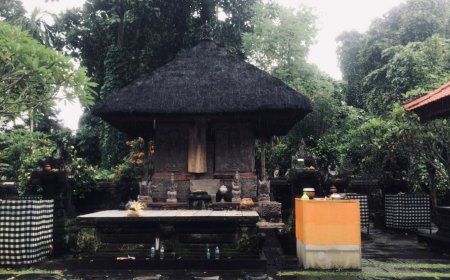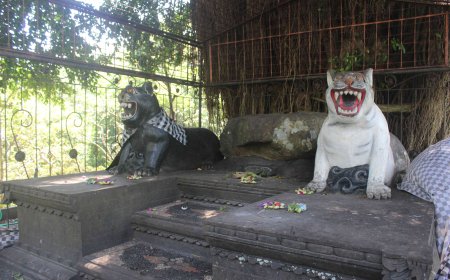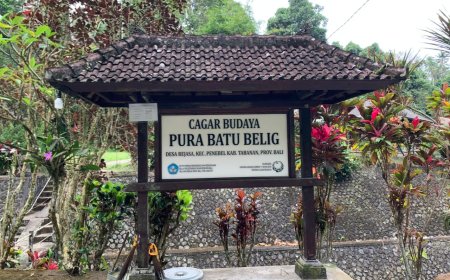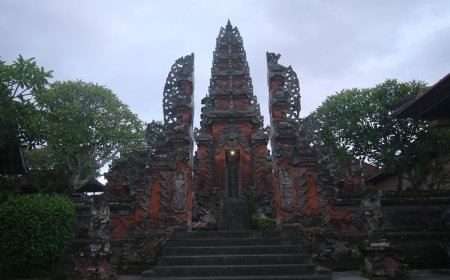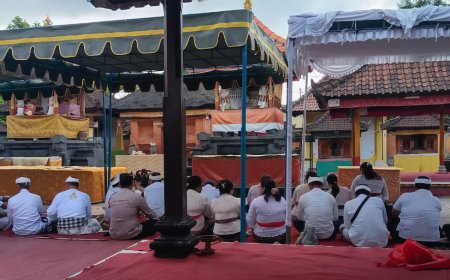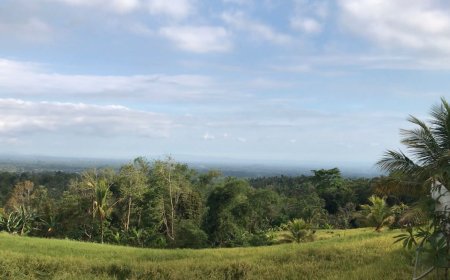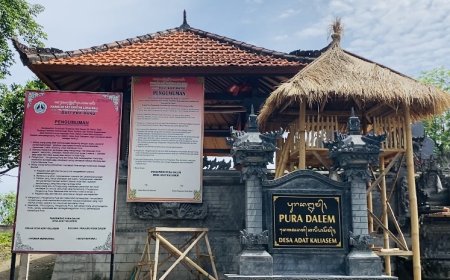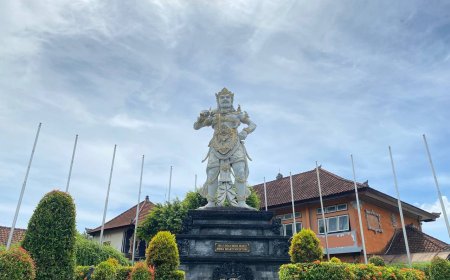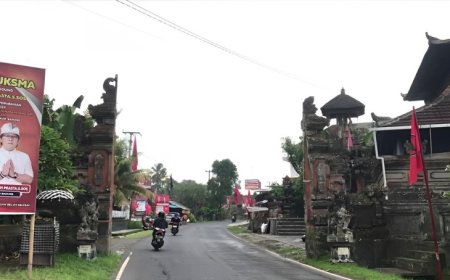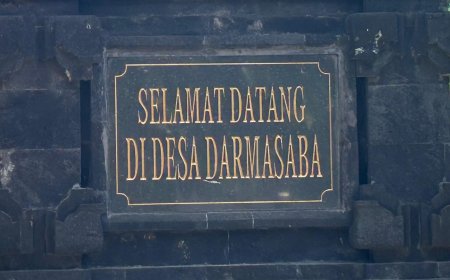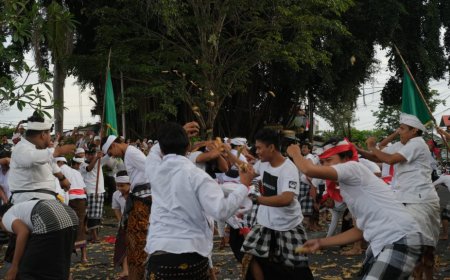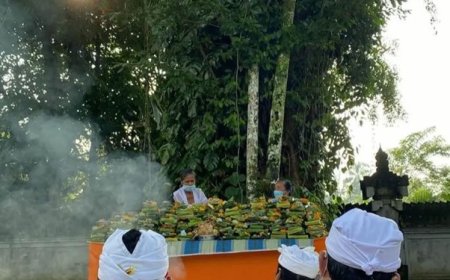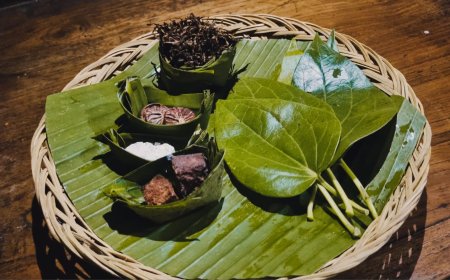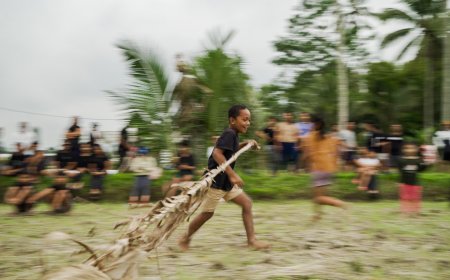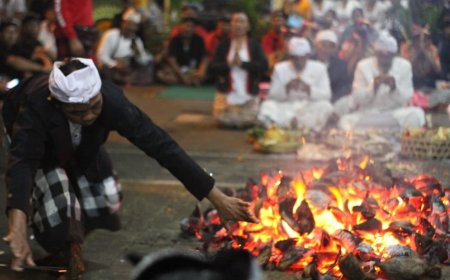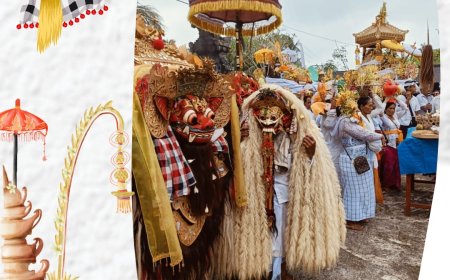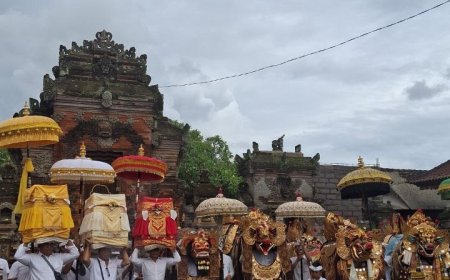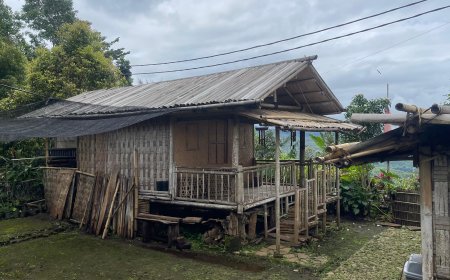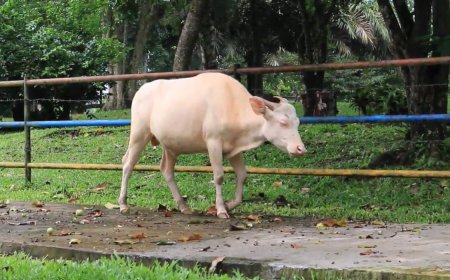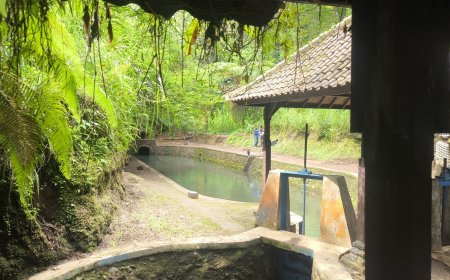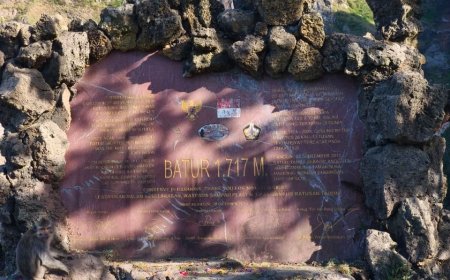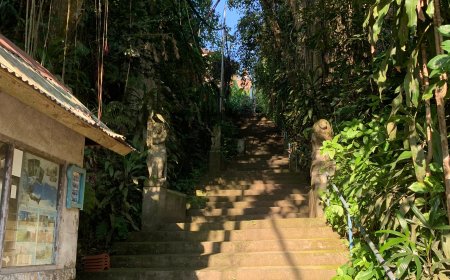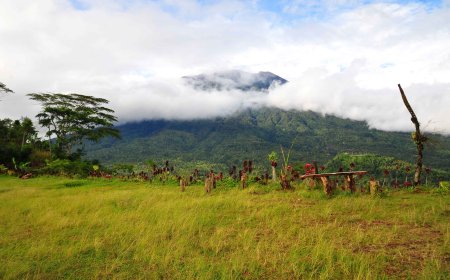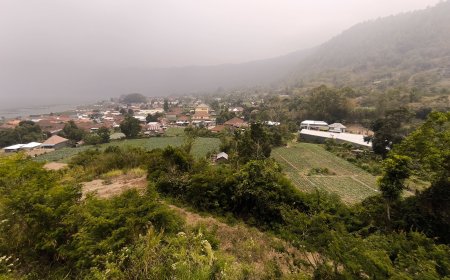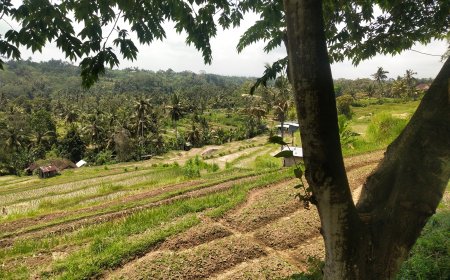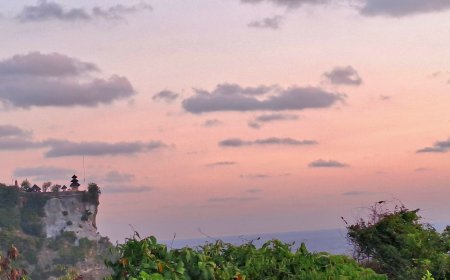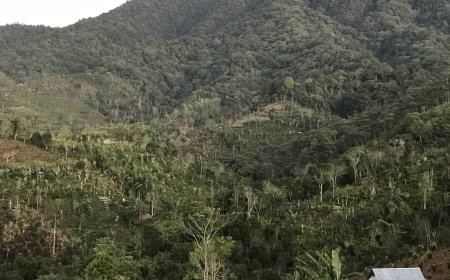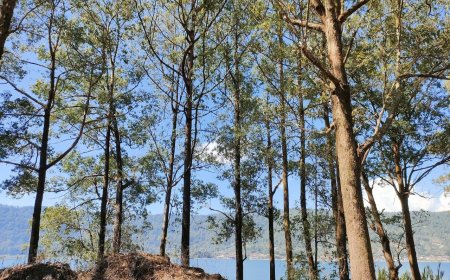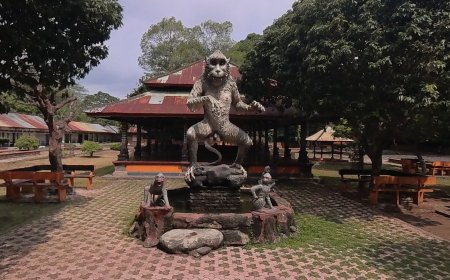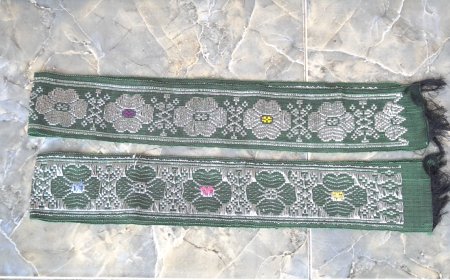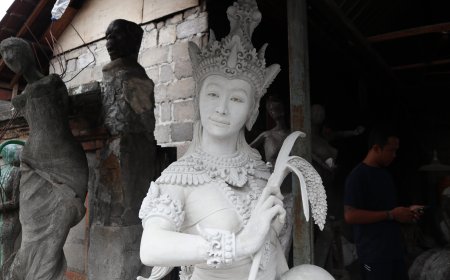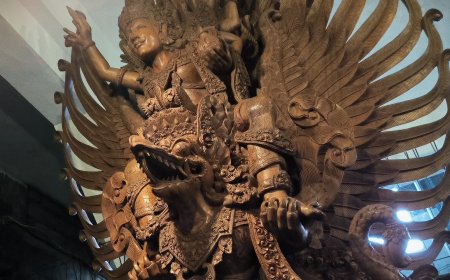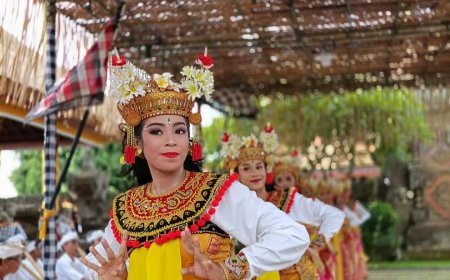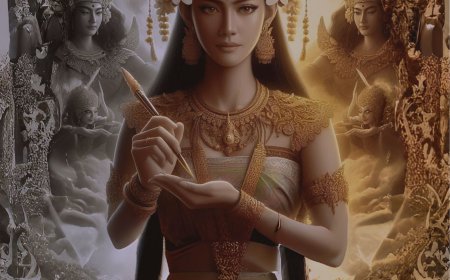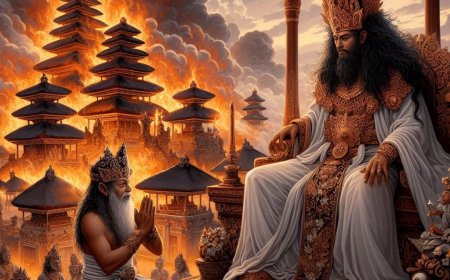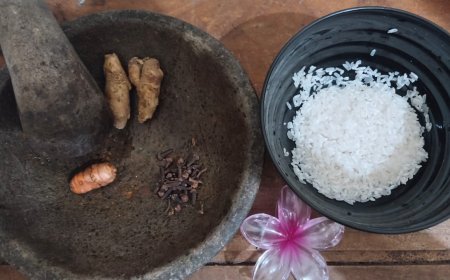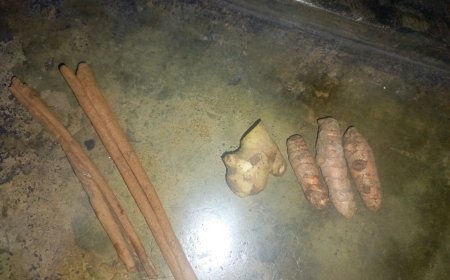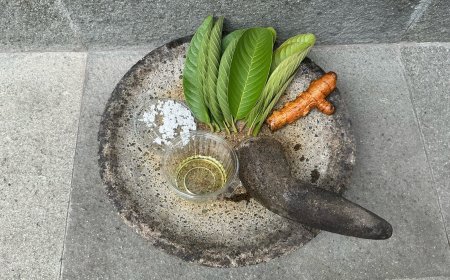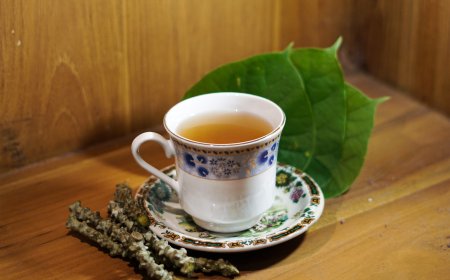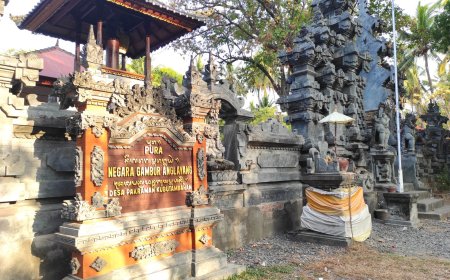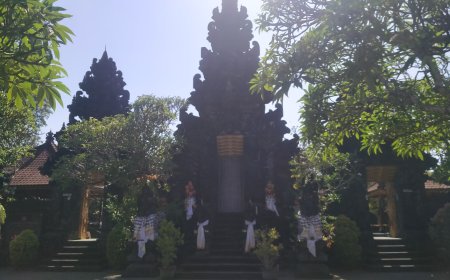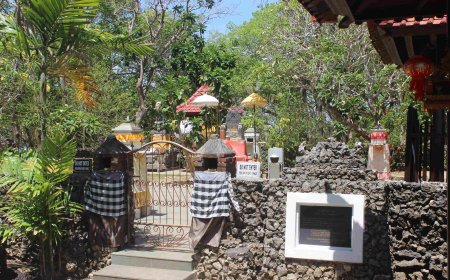Barong Nong Nong Kling: The Sacred Pratima of Pura Suwela that Protects Desa Aan from Plagues
Pura Suwela is a sacred site located in Aan Village, Klungkung, which houses a sacred pratima passed down through generations called Barong Nong-Nong Kling. This Barong is not only a symbol of traditional art but is also believed to possess spiritual powers to protect Aan Village from plagues and bring prosperity. Through performances on holy days or piodalan, Barong Nong-Nong Kling reinforces its role as a guardian of harmony and balance within the community of Aan Village.
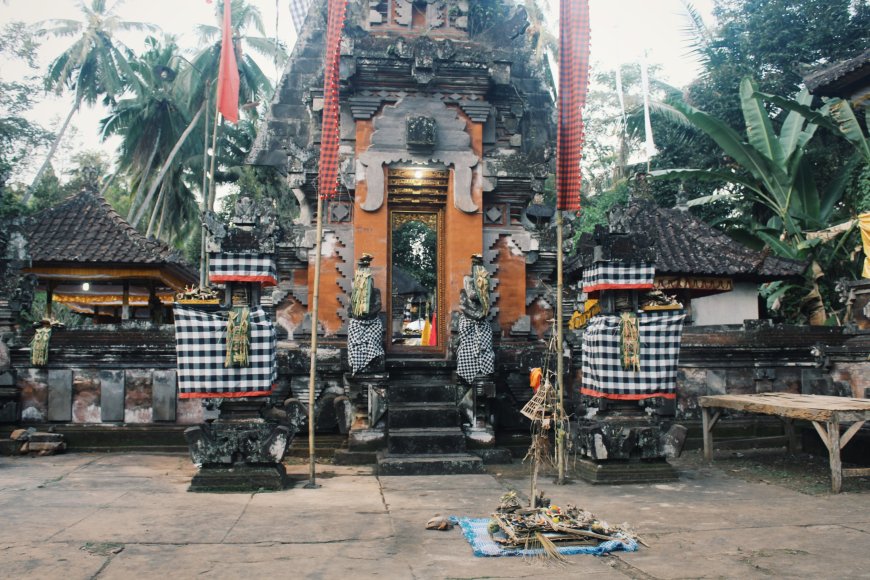
In the culture of Hinduism in Bali, it is closely associated with the presence of temples or sacred places. Every temple usually has a pratima or sacred statue revered by the local community. A pratima or statue serves as a symbol of the "Deity" or "Ida Bhatara", typically in the form of a statue, picture, or symbol used as a medium for communication with God or Ida Sang Hyang Widhi Wasa. In Hindu teachings, the pratima is not the God itself but a symbol or manifestation of the limitless aspects of Divinity (Brahman). The pratima functions as a reminder that God is omnipresent, including in daily life. This instills a deeper sense of spiritual awareness. The worship of pratima has been an inseparable part of the Hindu tradition for centuries. It also reflects the cultural heritage and spiritual values passed down from generation to generation. One of these is the sacred pratima housed in Suwela’s Temple, the Barong Nong Nong Kling.
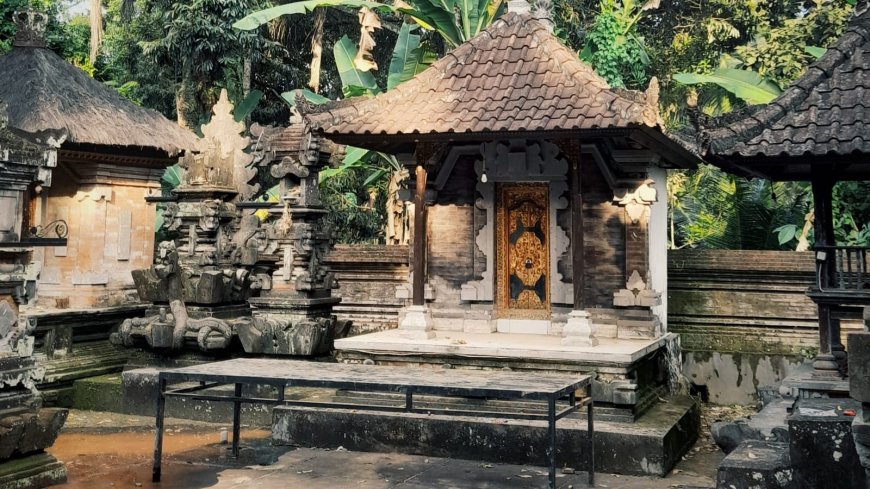
Bale Penyimpenan of Suwela's Temple (Photo Source: Author's Collection)
Suwela's Temple, a sacred place filled with meaning, has a name rooted in profound philosophy. Its name derives from the words 'Su,' meaning good, and 'Wela,' meaning forest or beautiful mountains. The temple is located in Aan Village, Banjarangkan District, Klungkung Regency. Established in 1580 by Jero Agung Pasek Gelgel Aan, Suwela’s Temple was born from a meaningful spiritual journey. During his journey, Jero Agung Pasek Gelgel Aan received a pawisik (divine revelation) instructing him to find twin banyan trees, which became the key marker for building the temple. These trees symbolize balance, strength, and protection, making Suwela's Temple a spiritual center for the local community. At Suwela's Temple, the community worships ancestors known as Ratu Lingsir, a manifestation of Lord Bhagawan Penyarikan or Sang Hyang Pasupati, the deity symbolizing strength and cosmic balance.
The piodalan (temple festival) at Suwela’s Temple is celebrated on Purnama Kapat, the fourth month in the Balinese calendar, and during Tumpek Landep, a sacred moment to honor ancestors and the deities residing in the temple. The uniqueness of Suwela’s Temple lies not only in its spiritual values but also in its connection to the traditional art form of Aan Village, the Barong Nong-Nong Kling. This art form emerged as a response to a disaster that struck Aan Village in the past, reinforcing Suwela’s Temple's role as a center of spiritual protection and recovery.
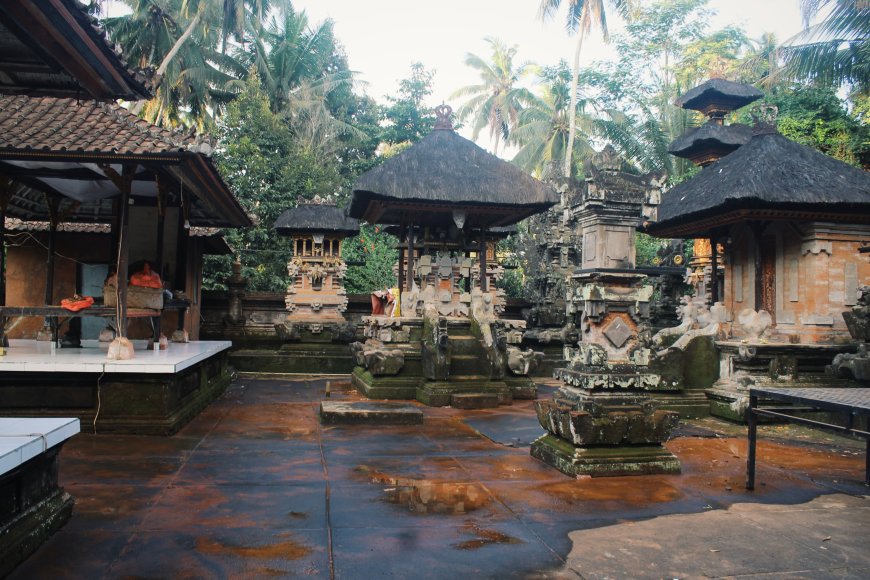
Utama Mandala of Suwela's Temple (Photo Source: Author's Collection)
According to Purana (ancient scriptures), its history dates back to 1755, when Aan Village was plagued by famine and crop failure. Guided by a pawisik (divine revelation), the community created Barong Nong-Nong Kling to perform the Ngelawang ritual, parading the barong around the village accompanied by gamelan music. This ritual was believed to drive away disasters and restore the village's fertility. The uniqueness of this art lies in the distinctive sound of the accompanying gamelan, producing the iconic "nong... nong... kling..." tones. Additionally, the Barong Nong-Nong Kling performance combines music, dance, and drama, often based on the Ramayana, particularly the "Kerebut Kumbakarna" episode. Despite its name, the Barong Nong-Nong Kling does not use traditional barong figures but features masks of characters like Hanuman, Sugriwa, Subali, and Ravana. As part of Suwela's Temple traditions, the Barong Nong-Nong Kling serves as a symbol of spiritual protection, disaster repellent, and natural balance. Its presence at Suwela’s Temple showcases the integration of sacred rituals and performance art, making it an essential part of Aan Village’s cultural identity. Today, this performance continues to be preserved as a heritage that strengthens the community's spiritual connection to nature and traditions.
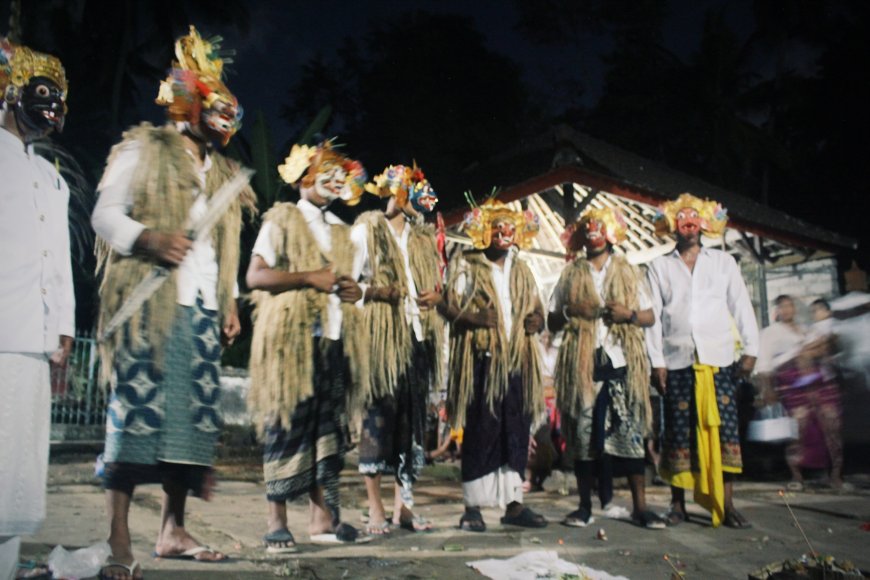
Barong Nong Nong Kling Performance at Suwela’s Temple (Photo Source: Author's Collection)
The Barong Nong-Nong Kling performance begins with a nedunang process, where items such as masks, costumes, and other dance props are taken out of storage. Following this, the women, particularly mothers, prepare ceremonial offerings (banten) that involve weaving jejahitan and arranging offerings. A joint prayer session is then held, involving the villagers, performers, and musicians from the Suwela’s Temple caretakers group. This prayer, led by the temple priest, aims to seek blessings and ensure safety during the performance. The offerings (ngaturang banten) are part of the ritual, and the priest uses traditional drinks like arak, brem, and tuak, along with incense and holy water (tirta). Once the ritual concludes, the Barong Nong-Nong Kling performers don their costumes according to their characters and move from the main hall of Suwela’s Temple to the courtyard. The Barong Nong-Nong Kling performance involves seven men and is conducted in an open area without a stage.
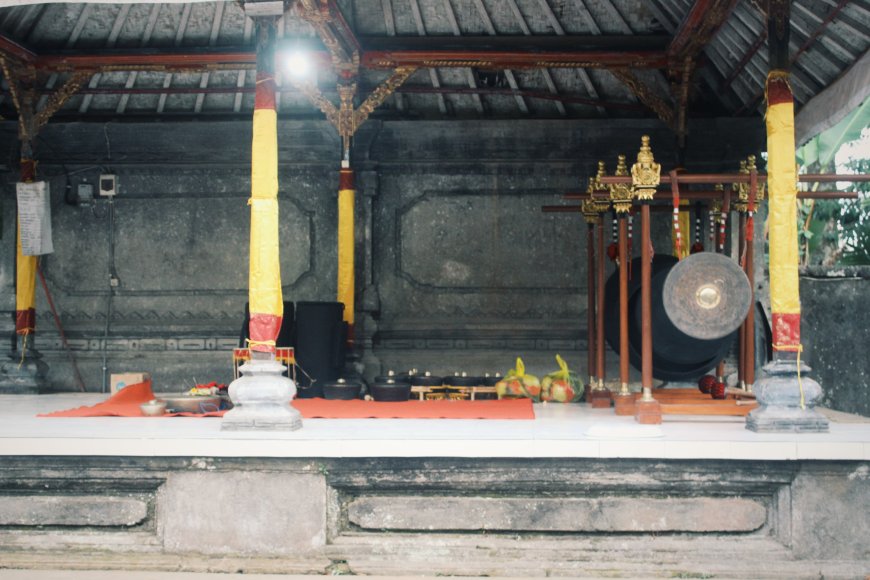
Bale Gong of Suwela's Temple (Photo Source: Author's Collection)
As a sacred pratima born from the traditions and beliefs of Aan Village, Barong Nong-Nong Kling is not merely a symbol of spiritual protection but also a cultural legacy that transcends generations. Its presence at Suwela’s Temple strengthens the harmony between humans, nature, and ancestral values that are continuously upheld. Through performances on holy days such as Galungan and Kuningan, as well as the Ngelawang ritual involving the entire community, Barong Nong-Nong Kling proves its role as a guardian of balance, a disaster repellent, and a bearer of blessings. Amid modernization, this tradition serves as a reminder of the importance of maintaining a connection to nature and spirituality, making Barong Nong Nong Kling more than just a performance but an inseparable part of the identity of Aan Village.
